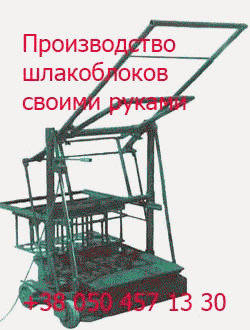1.4.1 Fundamental Aspects [1.60] Many pigmented systems show typical color or structural changes when subjected to intense radiation or weathering [1.61]. The best known of these are yellowing [1.62], chalking, and loss of gloss. These processes involve photochemical reactions in which the pigment can act as a catalyst or in which the pigment itselfundergoes chemical […]
Архивы рубрики ‘Industrial Inorganic Pigments’
Transparency
 1 сентября, 2015
1 сентября, 2015  Pokraskin
Pokraskin Transparency is expressed quantitatively as the transparency number. This is defined as the reciprocal of the increase in color difference AE* ab = 1 on a black substrate obtained on increasing the film thickness h of the pigmented medium. The transparency number has the unit mm (= L m-2). It indicates the number of liters […]
Hiding Power
 31 августа, 2015
31 августа, 2015  Pokraskin
Pokraskin The hiding criterion is an agreed color difference between two contrasting areas of a coated contrast substrate. The hiding power can be determined and expressed as Dv (m2 L-1) or Dm (m2 kg-1), which give the area (m2) of the contrasting substrate that can be coated with 1 L or 1 kg, respectively, of the […]
Hiding Power and Transparency
 30 августа, 2015
30 августа, 2015  Pokraskin
Pokraskin The definition of hiding power is based on a black and white contrasting support upon which the film of coating is applied. The thickness h of the applied film is determined at the point at which the contrasting surface just disappears, as judged by eye. The film thickness (mm), which fulfills this condition, is called […]
Relative Scattering Power
 30 августа, 2015
30 августа, 2015  Pokraskin
Pokraskin For standards, see Table 1.1 (“Scattering power, relative”). The relative scattering power S is the ratio of the scattering power ST of the test white pigment to the scattering power of a white reference pigment SR [1.55]. It can be determined in two ways: 1. Black-Ground Method. The relative scattering power is determined from the […]
Lightening Power
 30 августа, 2015
30 августа, 2015  Pokraskin
Pokraskin If the gray paste method is used to determine the lightening power (for standards, see Table 1.1, “Lightening power of white pigments”), the concentration at which the white pigment should be assessed has to be agreed between the intended parties in accordance with the type of application [1.54]. This process is especially recommended for the […]
Tinting Strength
 29 августа, 2015
29 августа, 2015  Pokraskin
Pokraskin Within certain limits, relative tinting strength can be interpreted as the ratio of the absorption coefficients of equal masses of test and reference pigments. This procedure avoids visual matching of the test and reference pigments employed in a previously used method (tinting strength matching). For standards, see Table 1.1 (“Tinting strength, relative”). Materials and apparatus: […]
Tinting Strength, Lightening Power, and Scattering Power
 28 августа, 2015
28 августа, 2015  Pokraskin
Pokraskin The tinting strength is a measure of the ability of a colorant to confer color to a lightscattering material by virtue of its absorption properties. The lightening power can be considered as the tinting strength of a white pigment, and is a measure of its ability to increase the reflectance of an absorbing (black or […]
Methods of Determination
 28 августа, 2015
28 августа, 2015  Pokraskin
Pokraskin Lightness. The white pigment powder is compressed in a suitable powder press to give an even, matt surface. The CIE tristimulus value Yis measured with color measuring Tab. 1.9: CIELAB color differences between two yellow oxide pigments Full shade Rx Ry Rz L* a* b* C hab (CIELAB, C/2°) Reference 37.27 29.07 7.95 60.8 8.3 […]
Color Measurement
 28 августа, 2015
28 августа, 2015  Pokraskin
Pokraskin 1.3.2.1 General The instruments used for color measurements are nowadays spectrophotometers determining the reflectance of a sample. Three-filter colorimeters, trying to mimic the spectral response of the human eye are now next to obsolete. For applications in the field of uni-pigments photometer illuminating/viewing geometries are standardized as methods A and B, and are designed to […]
 Опубликовано в рубрике
Опубликовано в рубрике 
